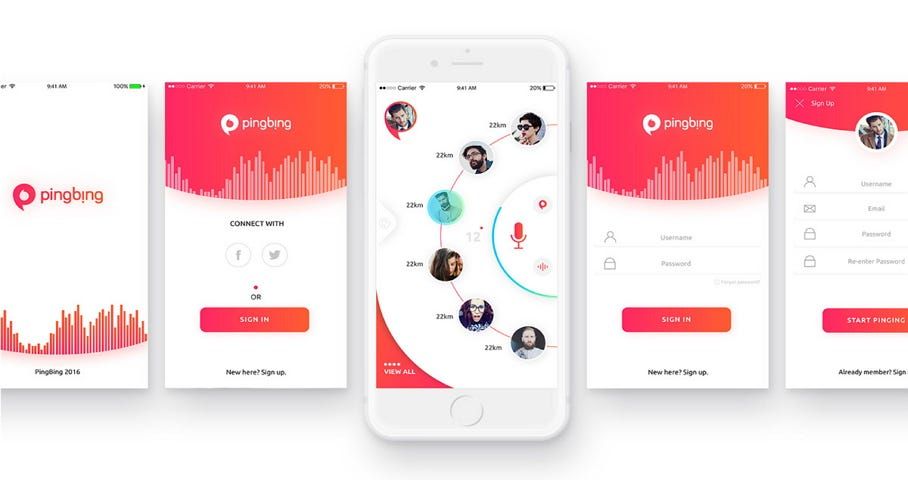In today’s digital age, having a responsive website is crucial for any business looking to succeed online. With the majority of internet users accessing websites on their mobile devices, it’s essential to prioritize mobile-first design to ensure a seamless user experience. This is where UI/UX design comes into play, as it focuses on creating visually appealing and user-friendly interfaces that engage and convert visitors.
Understanding UI/UX Design
UI (User Interface) design is all about the look and feel of a website. It encompasses everything from the layout and color scheme to the typography and imagery used. A well-designed UI will not only attract visitors but also guide them through the website in a logical and intuitive manner.
On the other hand, UX (User Experience) design focuses on the overall user experience of a website. This includes factors such as navigation, load times, and accessibility. A good UX design ensures that visitors can easily find what they’re looking for and have a positive experience interacting with the website.
The Importance of Mobile-First Design
In recent years, mobile internet usage has surpassed desktop usage, making it imperative for businesses to prioritize mobile-first design. This means designing websites with the smallest screens in mind first, and then scaling up for larger devices like tablets and desktops.
Mobile-first design not only improves the user experience for mobile users but also has a positive impact on SEO. Google prioritizes mobile-friendly websites in its search results, so having a responsive and mobile-first design can help improve your site’s visibility and rankings.
Best Practices for Mobile-First UI/UX Design
When designing a mobile-first website, there are several best practices to keep in mind:
1. Simplify Navigation
Mobile screens have limited space, so it’s essential to simplify navigation and make it easy for users to find what they’re looking for. Use hamburger menus, sticky headers, and clickable elements to improve user experience.
2. Optimize for Touch
Design clickable elements that are large enough to be easily tapped on touchscreens. Avoid using small buttons or links that are hard to click on mobile devices.
3. Focus on Loading Speed
Mobile users have little patience for slow-loading websites. Optimize images, minify code, and use caching to ensure fast load times on mobile devices.
4. Keep Content Concise
Mobile users tend to have shorter attention spans, so keep content concise and to the point. Use headlines, bullet points, and visuals to convey information quickly and effectively.
5. Test Across Devices
Don’t forget to test your mobile-first design across different devices and screen sizes to ensure a consistent and seamless user experience for all visitors.
Conclusion
UI/UX design plays a crucial role in creating mobile-first websites that are not only visually appealing but also user-friendly and intuitive. By prioritizing mobile-first design and following best practices, businesses can improve their online presence, engage users, and drive conversions. Remember to keep the user at the forefront of your design decisions and strive to create a seamless and enjoyable experience for all visitors, regardless of the device they’re using.
